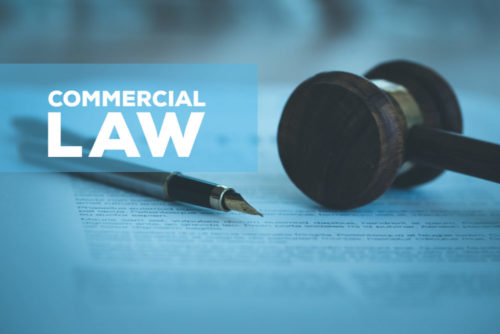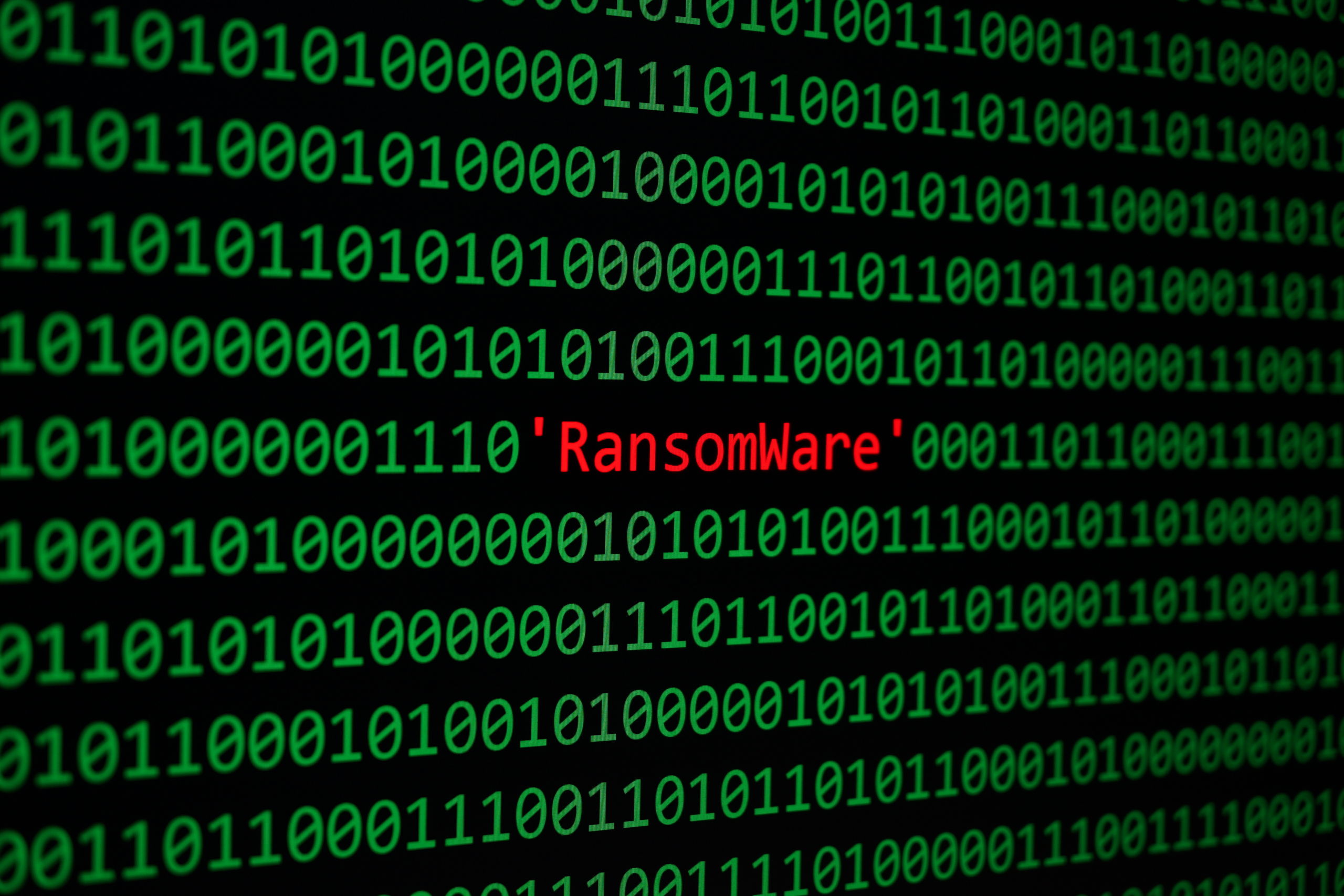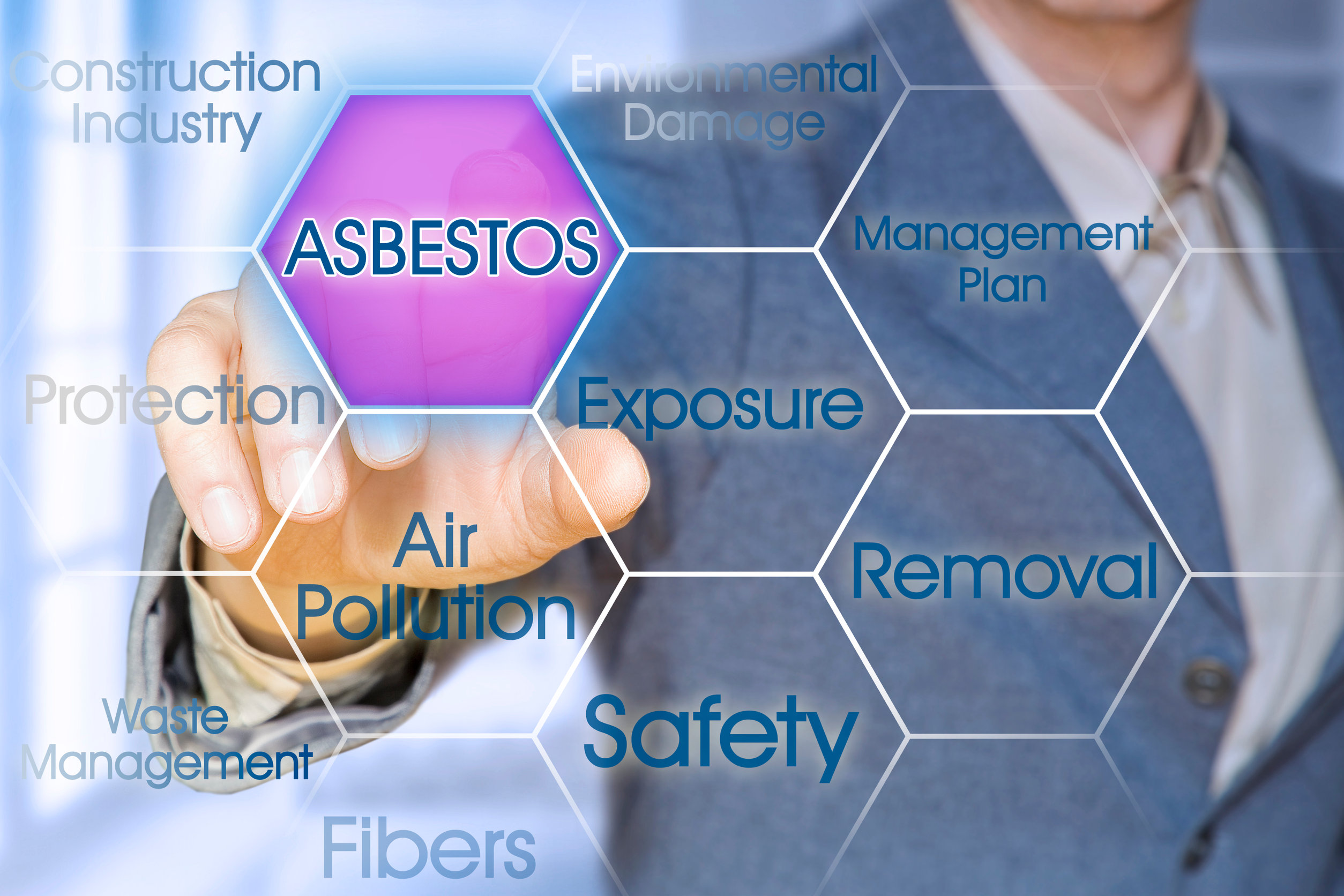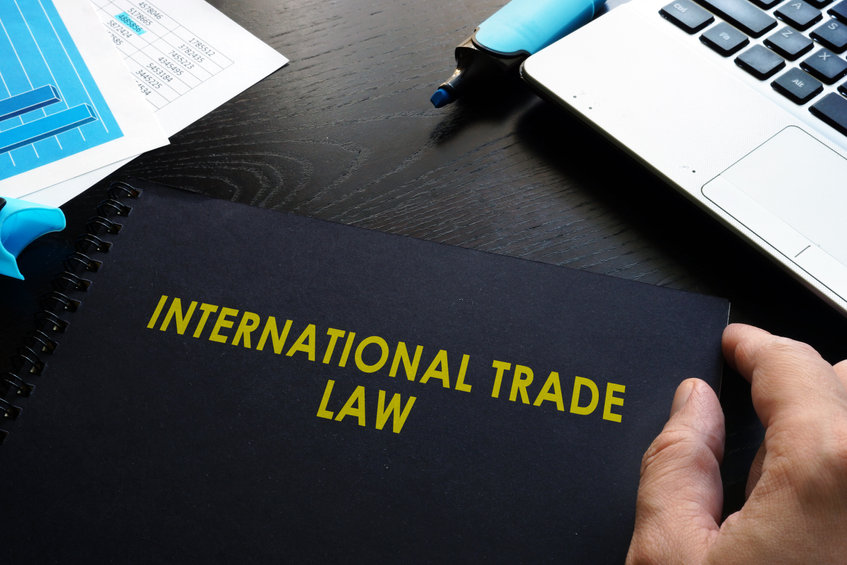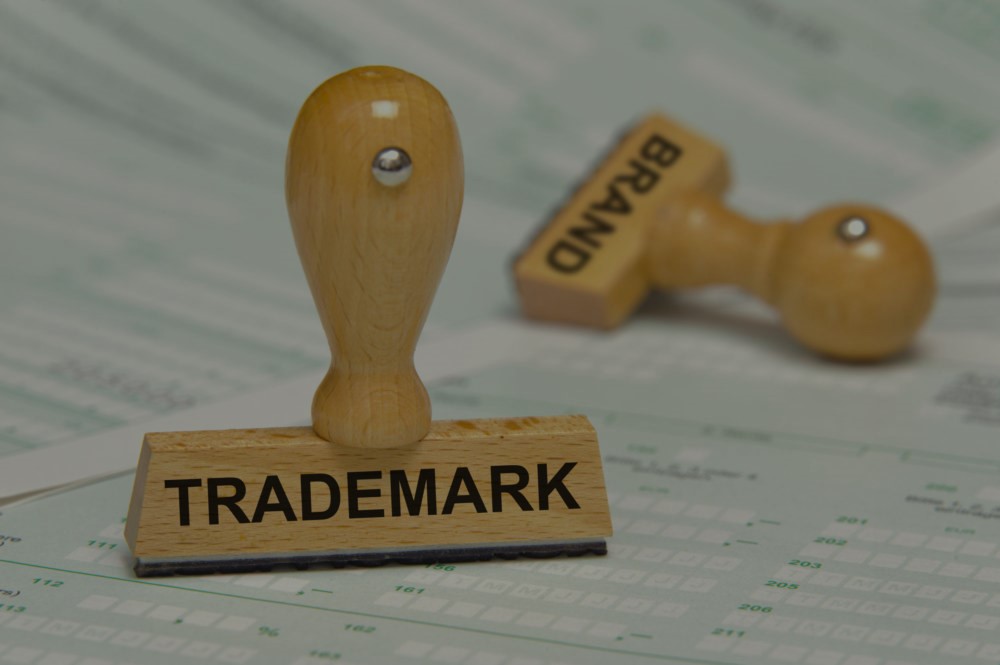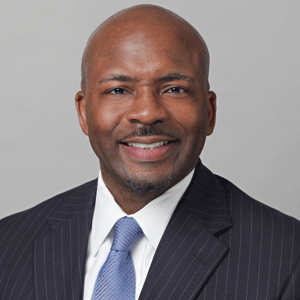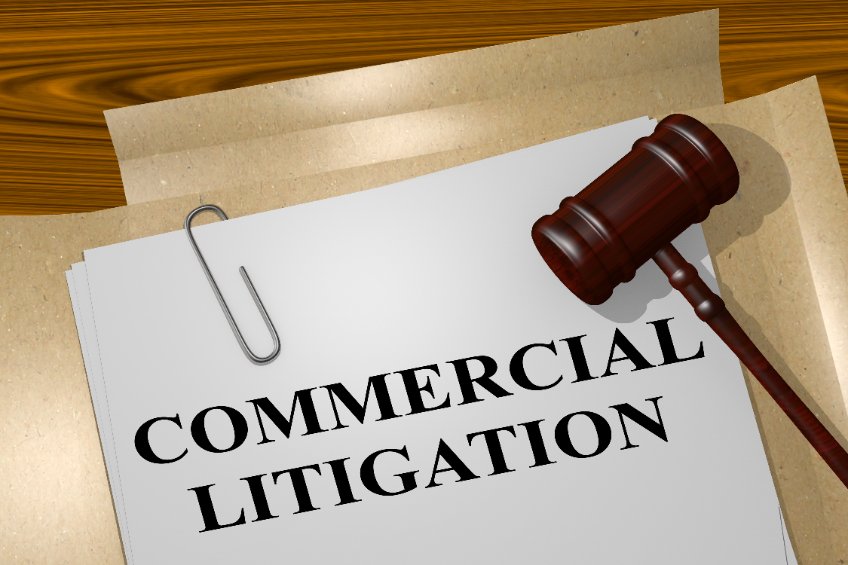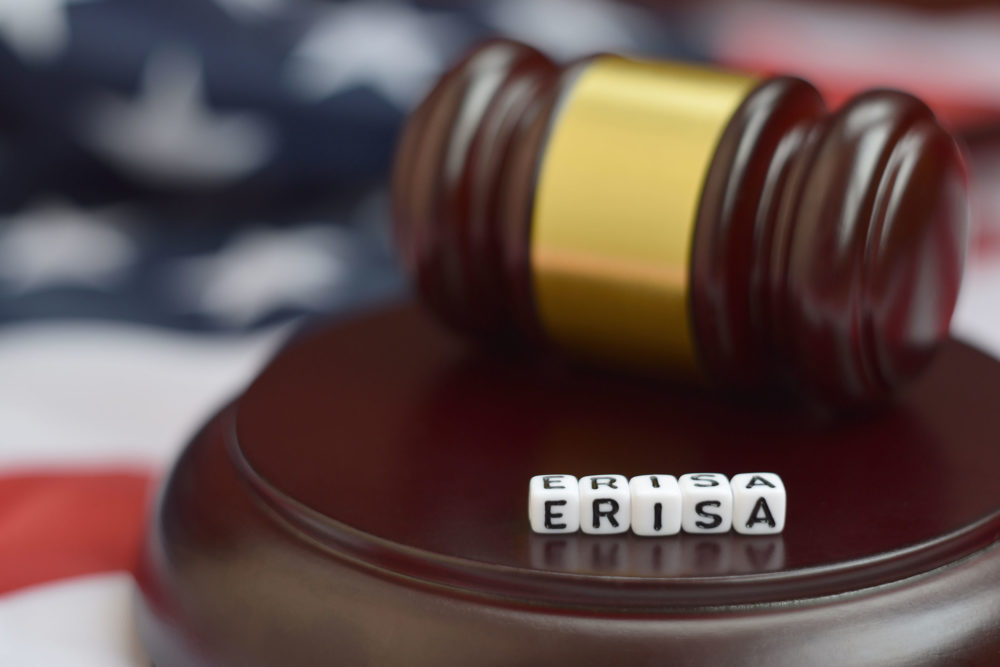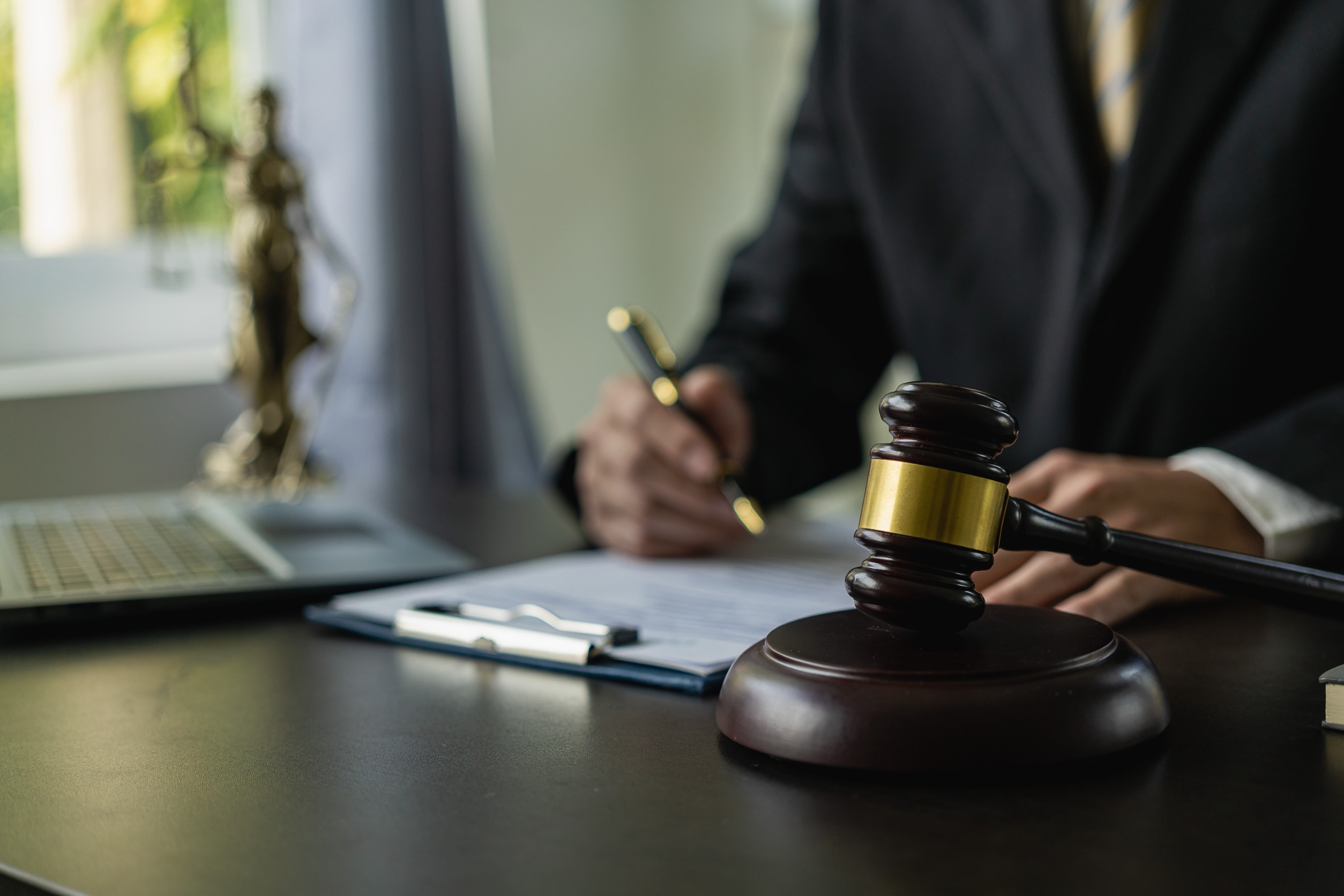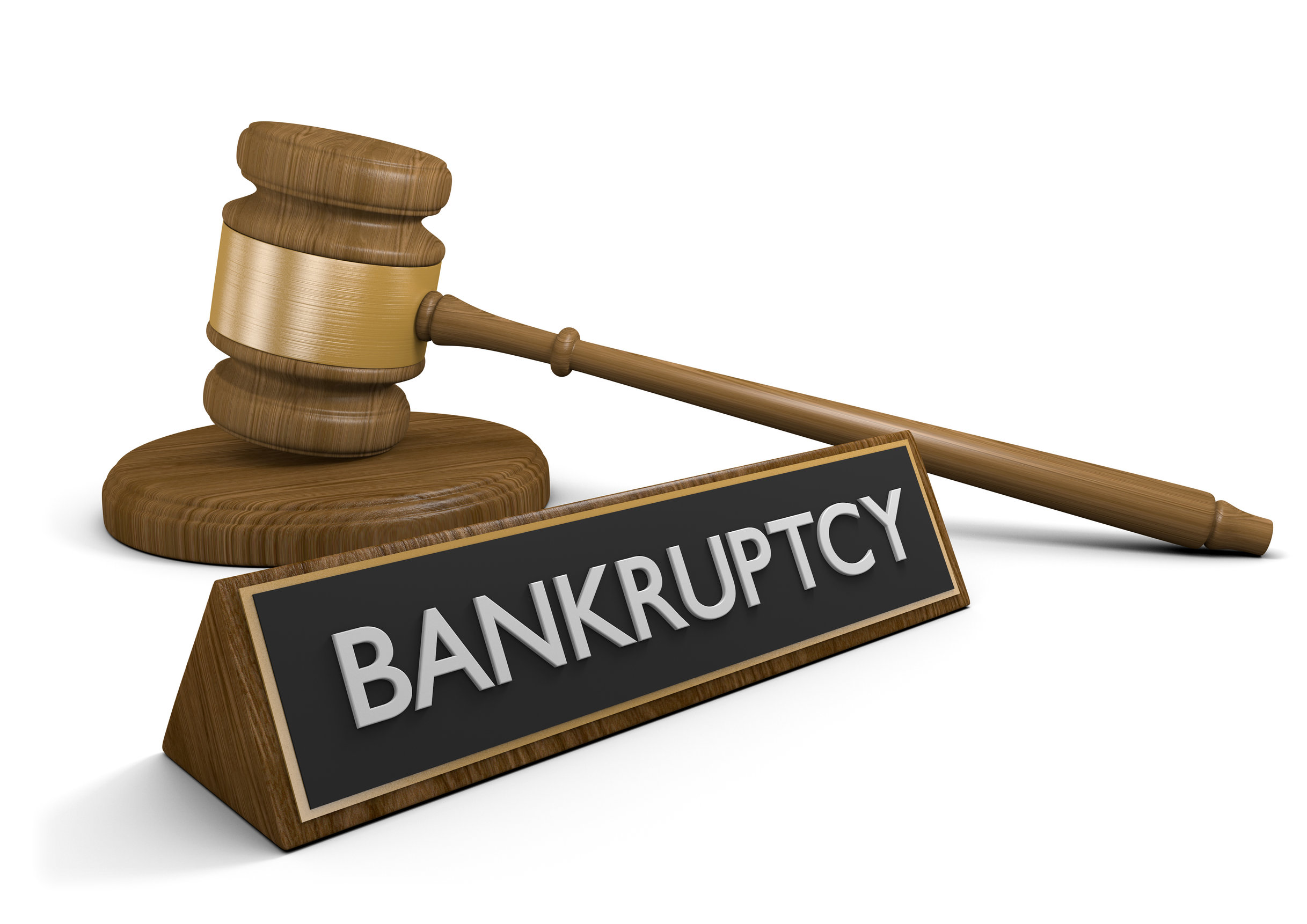Broadcast Date: Tuesday, April 14, 2020
from 12:00 pm to 1:30 pm (ET)
Overview:
Along with the increasing volume of commercial disputes is the emergence of various issues that continue to reshape the commercial law landscape. In this LIVE Webcast, seasoned litigators Reginald L. Snyder (Taylor English Duma LLP) and Steven Barber (Steptoe & Johnson LLP) will bring the audience to a road beyond the basics of commercial litigation.
As they delve into the recent court rulings and rules changes in this field of law, the speakers will also provide the audience with the best strategies and practical tips in bringing out the best in these lawsuits in a rapidly evolving legal climate.
Key topics include:
- Notable Court Rulings on the “Same Juror Rule,” Shotgun Pleadings, Personal Jurisdiction and other topics
- Recent Changes to FRCP 26
- Best Litigation Tips and Strategies
Credit:
Course Level:
Intermediate
Advance Preparation:
Print and review course materials
Method of Presentation:
On-demand Webcast (CLE)
Prerequisite:
General knowledge of commercial litigation
Course Code:
148403
NY Category of CLE Credit:
Areas of Professional Practice
Total Credits:
1.5 CLE
How to Claim CLE Credits Per State:
https://knowledgewebcasts.com/how-to-claim-cle-credits-per-state/
CLE State Requirements:
https://knowledgewebcasts.com/cle-state-requirements/
CPE State Requirements:
Speaker Panel:
Reginald L. Snyder , Partner
Taylor English Duma LLP
Reginald (“Reggie”) Snyder is an experienced trial lawyer at Taylor English Duma LLP whose litigation practice focuses on contract, construction, and real estate disputes, products liability, and personal injury. His 20-years of experience handling disputes in Georgia, Alabama, and Texas allows him to represent a wide range of clients and manage various litigation matters.
Mr. Snyder’s career began in Birmingham, Alabama where his litigation practice primarily involved handling contract and construction disputes, products liability, employment litigation and personal injury. In Texas, Mr. Snyder led several commercial disputes and products liability cases to succession and prepared several complex, multi-million dollar products liability cases for jury trial. He co-founded his own law firm, further growing his experience in real estate litigation, and handled products liability litigation for national insurance companies as a member of a large, Atlanta-based law firm.
Steven Barber , Partner
Steptoe & Johnson LLP
Steve Barber focuses on commercial and mass tort litigation. His clients include both large and small companies in industries ranging from manufacturing to finance to high tech. He has substantial jury and bench trial experience, successfully trying contract, toxic tort, and mass tort cases throughout the country. Steve has successfully litigated a wide variety of breach of contract and commercial fraud cases with damages ranging from the low millions to hundreds of millions of dollars. He obtained dismissals of all claims against his client in the federal silica MDL, the federal welding fumes MDL, and the Texas asbestos MDL. He also serves as national trial and coordinating counsel for a Fortune 50 corporation litigating concealment, conspiracy, and other tort claims arising out of the company’s historic investigative efforts, research, and publications on various industrial chemicals. Mr. Barber is a graduate of Brown University and Harvard Law School.
Agenda:
SEGMENT 1:
Reginald L. Snyder, Partner
Taylor English Duma LLP
- Same Juror Rule. Effect of “same juror rule” on trial preparation, arguments and verdicts.In O’Connell v. Chesapeake, 58 Ohio St.3d 220 (1991), the Ohio Supreme Court formally adopted what is commonly referred to as the same juror rule. The issue before the O’Connell court was whether those jurors who did not find in favor of the plaintiff on the existence of causal negligence against a defendant could then participate in the subsequent analysis of allocating comparative fault between the defendant determined to be non-negligent and other potentially responsible parties. After discussing the basis behind the competing principles of the same juror rule versus the any majority rule utilized in various jurisdictions, the O’Connell court concluded that same juror rule was the “more rationally and analytically sound rule” to apply to the matter before the court.
- Shotgun Pleadings. Recent federal case law restricting “shotgun pleadings” and the effect of this restriction on drafting and responding to ambiguously-drafted Complaints in federal court.
- Remote depositions. Discussion about an advisory opinion regarding taking a video deposition when the witness is in a different jurisdiction from the court reporter.
- Requirements of document under seal for 20-year statute of limitations. Discussion about an argument that that a contract is not under seal (and therefore was barred by the 6-year SOL, and not subject to the 20-year SOL for a document under seal). It’s not enough that the document states that it’s under seal; there also has to be a seal or “Seal” next to the signature (or vice versa).See also, e.g., Perkins v. M&M Office Holdings, LLC, 303 Ga. App. 770, 772, 695 S.E.2d 82, 84 (2010) (agreement was not under seal when originally executed “because, while it contained a recital of an intention to use a seal, the word ‘Seal’ did not appear by either party’s signature and a seal was not otherwise affixed to the instrument”); Koncul Enters. v. Fleet Fin., Inc., 279 Ga. App. 39, 41, 630 S.E.2d 567, 569 (2006) (where agreements contained recital that parties had set their hand and seals, but agreements did not bear a seal, they were not documents under seal); McCalla v. Stuckey, 233 Ga. App. 397, 398, 504 S.E.2d 269, 270 (1998) (applying two-part test and reversing superior court’s ruling that escrow agreement was under seal).
SEGMENT 2:
Steven Barber, Partner
Steptoe & Johnson LLP
- Recent Case law on Personal Jurisdiction.
- Recent Case law and experience related to ESI discovery applying the “proportionality” standard from the 2016 Amendments to the Federal Rules of Civil Procedure.
- Tips on successful pretrial and trial practice, including strategies for reviewing and producing large volumes of electronic files, deposition strategy, selection and preparation of experts, development of trial themes, and use of technology at trial.
- Statistics re. general trends in commercial litigation using, for example, the judiciary’s reports. We also have information on how individual courts rule on motions, so we may be able to cite some examples in the above three bullets
Date & Time:
Tuesday, April 14, 2020
12:00 pm to 1:30 pm (ET)
Who Should Attend:
- Commercial Litigation Lawyers
- Dispute Resolution Lawyers
Join Over 160,000 Professionals Empowering Their Careers
Learn anywhere from over 3000+ live and recorded CLE, CPE & Technology Webcasts.

